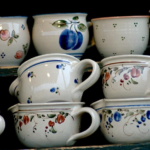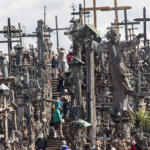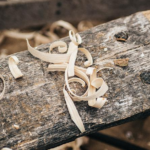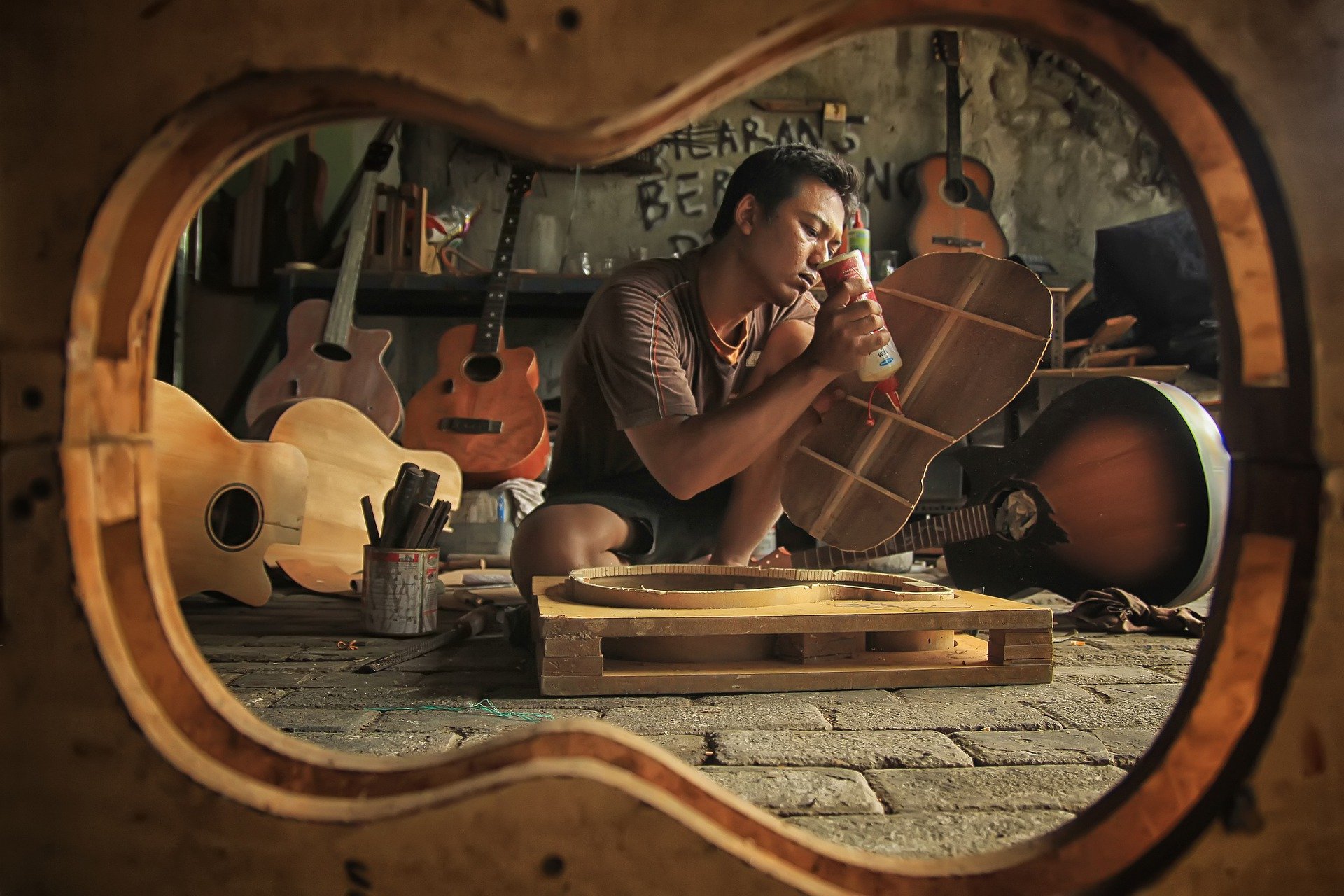Niello’s Damascene in Spain
Country of the crafting :Spain
Region of the crafting :Castilla La Mancha
Town of the crafting :Toledo
Type of the crafting :Jewellery
1. Geographic Area Toledo has long been the main European center, although the most modern production is machine-made, sometimes in tin instead of steel.
2.Craft characteristics It is a craft work that involves the realization of figures and drawings by embedding gold and silver threads and sheets in steel or iron, normally paved. the name refers to the Syrian city of Damascus.
3.The technique the primitive technique of punctate mincing, where a fine rhomboidal mincing is carried out by striking a punch in which, once the drawing to be engraved has been made, the gold or silver thread is introduced gave way to the knife blade in which the grooves are opened by a thin and sharp blade.After making the grooves, the thread is introduced by means of a flat-based punch that is struck with a small light and wide-mouth hammer.The piece to be damasquined adheres to a wooden block by means of sealing and this block is attached to a ball screw that rests in a wooden triangle and can thus be placed in any position that is required.
5.HistoryThe method used was the one of chopped to puncture. With this method there were some irregularities that made the work detract slightly. Plácido Zuloaga, son of Eusebio and father of the painter Ignacio Zuloaga, devised another finer system by scratching with a blade. This method is called knurled blade and consists of making small grooves with a very fine and sharp blade gaining in speed and finesse as the final surface is much more perfect and uniform. They gave this new technique the name “damasquinado” because the armor they had brought from the Royal Museum was of a warrior from Damascus. Through this method, crafts were extended to large pieces such as vases, amphorae, chests, clocks and surfaces of all kinds. In 1875, some eibarreses workers moved to Toledo to solve in this way the great delays that the transfer of pieces to damasquinate in Eibar from Toledo, mainly weapons, generated.3 Thus, the technique also extended to the Castilian capital- Manchega, 4 where it has developed to the point of eclipsing that of Eibar, where it is practically disappeared5 and reduced for the purpose of exhibition at the Museum of the Armory Industry
6.Youtube videoshttps://youtu.be/y1-uFYGFHccNiello’s Damascene crafting Presentation







